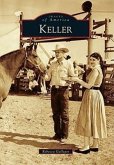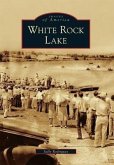Mission is named for the chapel built at La Lomita ("little hill") on a former Spanish land grant. During the 1850s, the Missionary Oblates of Mary Immaculate began serving the ranches between Brownsville and Roma. La Lomita was a resting place midway through their 100-mile circuit. In 1908, developers John J. Conway and James W. Hoit bought land from the Oblate Fathers and established the town of Mission, just north of La Lomita. They advertised throughout the Midwest, and soon farmers arrived by rail, wagon, and automobile. Through the efforts of Nebraskan John H. Shary, the citrus industry flourished, and Mission became renowned for its grapefruit. Three-time presidential candidate William Jennings Bryan, Dallas Cowboys coach Tom Landry, baseball great Leo Najo, and Congressional Medal of Honor recipient Jos M. Lopez have all lived in Mission. Their tradition of leadership continues within the fields of medicine, education, military service, and ecotourism.








